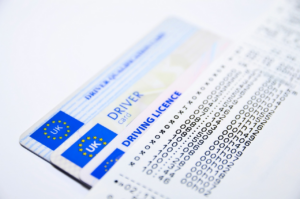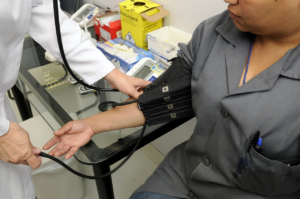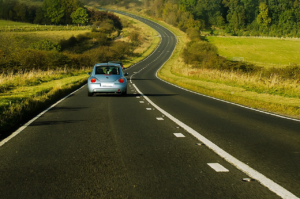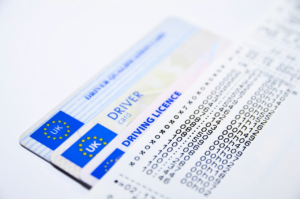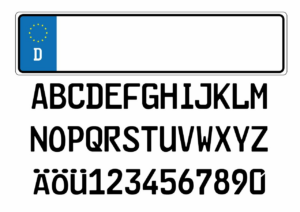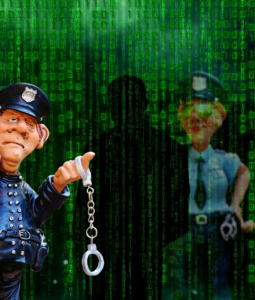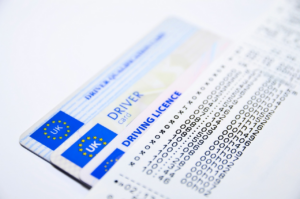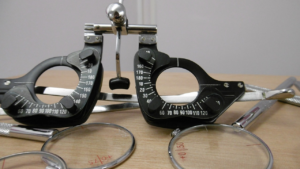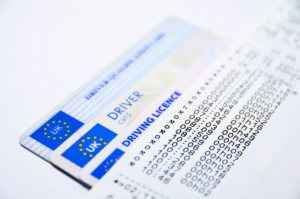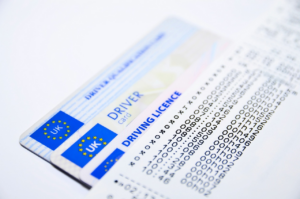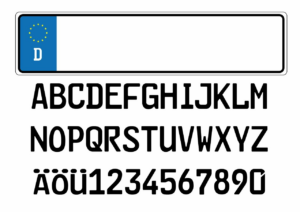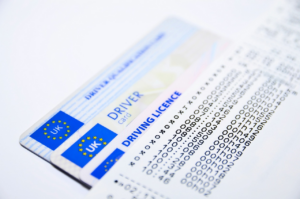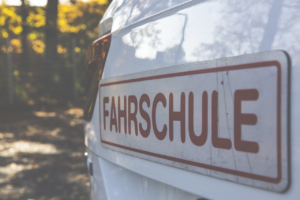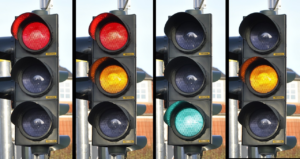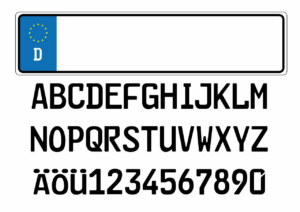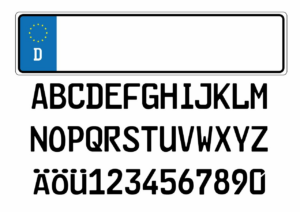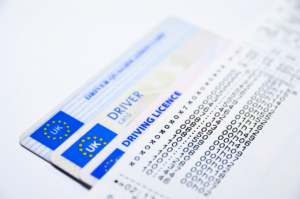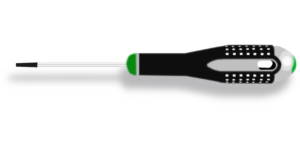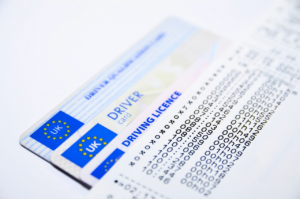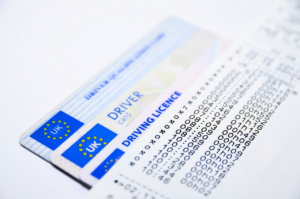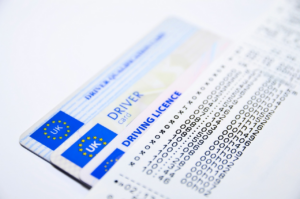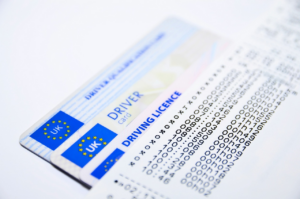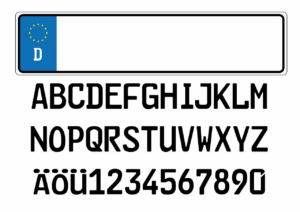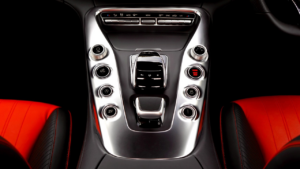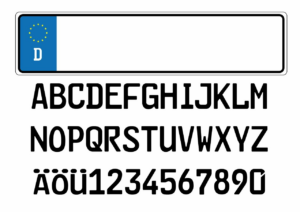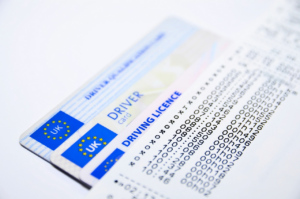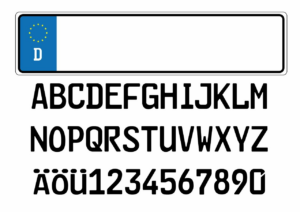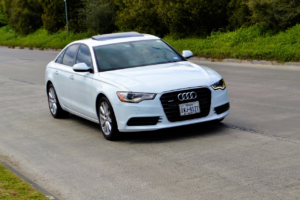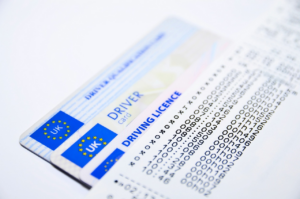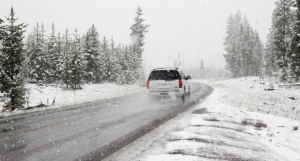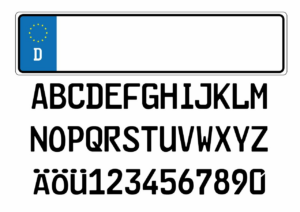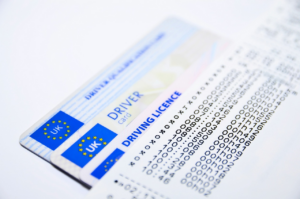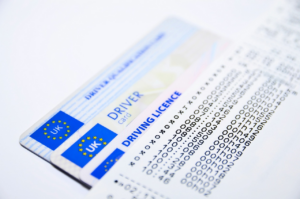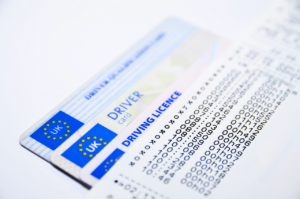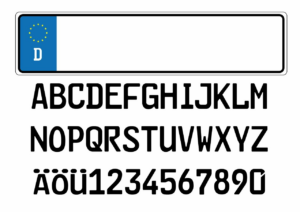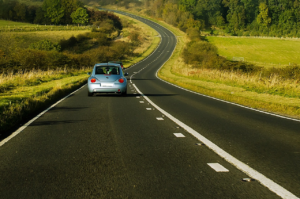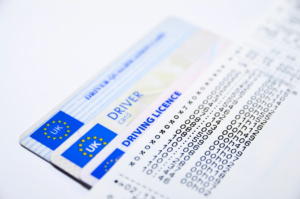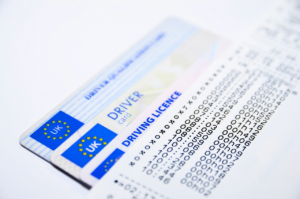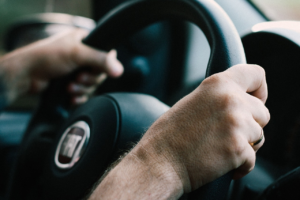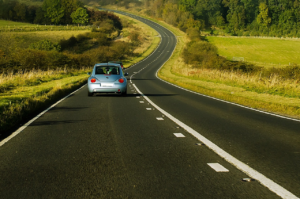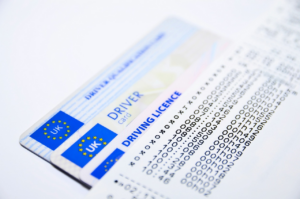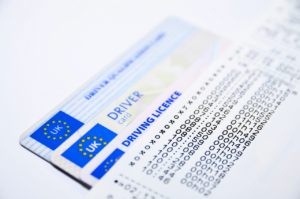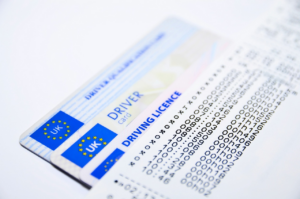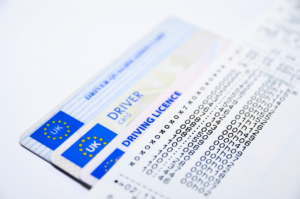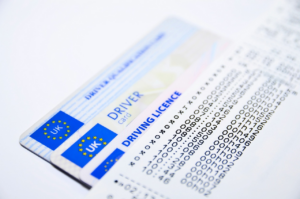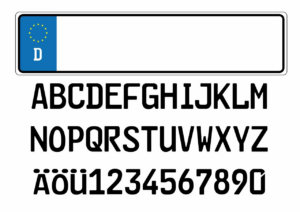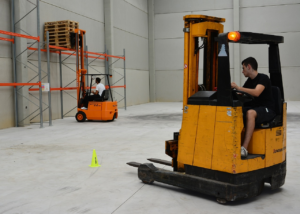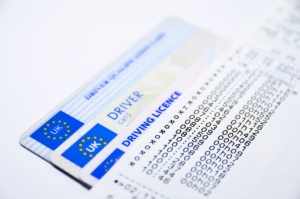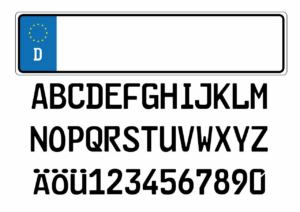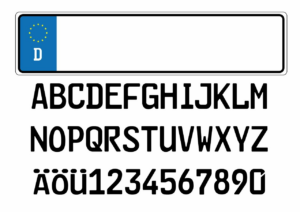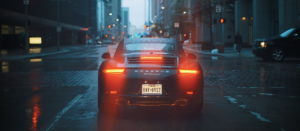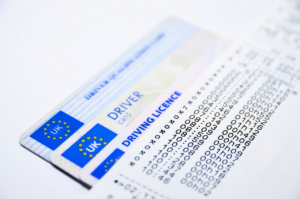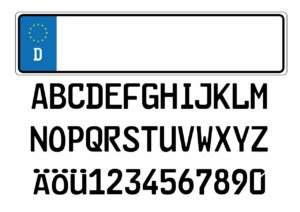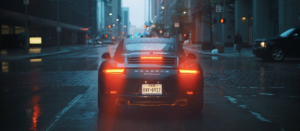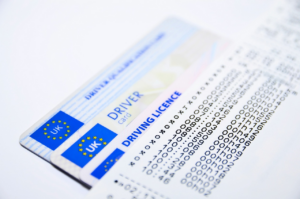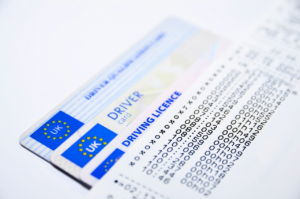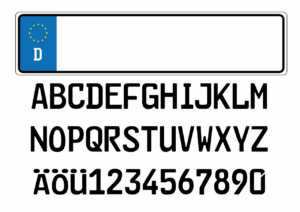If you’re looking to obtain a UK driving licence, there are several documents you’ll need to provide. While the process may seem daunting, having the right information and paperwork on hand will make it much easier.
In this article, we’ll walk you through the key documents you’ll need to apply for a UK driving licence, from proof of identity to evidence of your right to live and work in the UK.
First, it’s important to understand why you need a UK driving licence. Whether you’re a UK citizen or a foreign national living in the country, a driving licence allows you to legally operate a vehicle on public roads. Having this document is also required if you want to apply for car insurance or rent a car.
With the right documentation and preparation, applying for a UK driving licence can be straightforward and hassle-free. So, let’s dive in and explore what documents you’ll need to get started.
Why You Need to Apply for a UK Driving Licence
To legally operate a vehicle in the UK, it’s crucial that you obtain a valid driver’s license. Without a driver’s license, you could face legal consequences and be unable to drive legally on the roads.
Additionally, having a driver’s license can provide you with a sense of independence and freedom to travel where and when you want.
To apply for a UK driving license, you must be at least 17 years old and meet certain health requirements. You will need to pass a theory test and a practical driving test, as well as provide a valid form of identification and proof of residency.
It’s important to note that if you have a driver’s license from another country, you may be able to exchange it for a UK driving license without having to take the tests.
Obtaining a UK driving license can be a time-consuming process, but it’s worth it to have the legal ability to drive on UK roads.
Proof of Identity
Make sure your identity is proven beyond doubt before proceeding with the next step. This means you need to provide evidence of your identity, which can be done by presenting your passport, national identity card, or biometric residence permit. If you don’t have any of these documents, you can provide a full birth certificate or adoption certificate. It’s important to note that photocopies or scanned versions of these documents won’t be accepted, so make sure you have the original copies.
Once you have provided proof of your identity, the next step is to provide proof of your residency in the UK. This can be done by presenting a utility bill, bank statement, council tax statement, or government letter that includes your name and current address. If you’ve recently moved and don’t have any of these documents yet, you can provide a tenancy agreement, mortgage statement, or a letter from your landlord.
Remember to check that the document you’re providing is dated within the last three months, as this is a requirement for the application process. By ensuring you have all the necessary documents, you can make the application process smoother and quicker.
Proof of Address
Now let’s focus on proving your address, which is a crucial step in the application process for a UK driving licence.
You’ll need to provide a document that shows your name and address, and it must be dated within the last 3 months. Some examples of acceptable documents include a recent utility bill (gas, electricity, water, or landline phone), a bank or building society statement, a council tax bill, or a letter from your employer or educational institution.
It’s important to note that online statements or digital copies aren’t accepted as proof of address. You must provide an original or certified copy of the document, and it must be from a reputable source.
If you’re renting a property, you can provide a tenancy agreement or a letter from your landlord. Make sure the document is in your name and states your current address, as the DVLA will use this information to update your driving licence and send it to the correct address.
Proof of Right to Live and Work in the UK
So, you’re ready to hit the road and start exploring, but before you can do that, you’ll need to show that you have the right to live and work in the UK. This means you’ll need to provide documentation that proves your eligibility to reside in the country.
If you’re a UK citizen, you can use your passport as proof of your right to live and work here. However, if you’re not a UK citizen, you’ll need to provide additional documentation. Acceptable documents might include a biometric residence permit, a certificate of naturalisation, or a valid visa.
You’ll need to make sure that your documents are up-to-date and that they clearly show your name, date of birth, and current address. Without these documents, you won’t be able to apply for a UK driving licence, so it’s important to make sure you have everything in order before you begin the application process.
Applying for a Provisional Driving Licence
So you’re ready to hit the road and get your hands on a Provisional Driving Licence? Great!
Before you get started, there are a few things you should know. Firstly, age requirements for obtaining a licence vary depending on the type of vehicle you want to drive.
Secondly, you’ll need to meet certain medical requirements to ensure you’re fit to drive safely.
Keep reading for more detailed information on these important points.
Age Requirements
If you’re not yet old enough, unfortunately, you’ll have to wait a bit longer before being able to hit the road legally. To apply for a provisional driving licence in the UK, you must be at least 15 years and 9 months old. However, you can only start driving on public roads once you turn 17 years old. It’s important to note that you must also meet the minimum eyesight requirement and declare any medical conditions that may affect your ability to drive safely.
If you’re already over 17 years old, you can apply for a provisional driving licence online through the official government website. You’ll need to provide your personal details, including your National Insurance number, and pay a fee of £34.
Once your application is approved, you’ll receive your provisional driving licence in the post. It’s crucial to ensure that all the information you provide is accurate and up-to-date, as any mistakes could lead to delays or even rejection of your application.
Medical Requirements
Get ready to hit the road with these medical requirements for safe and legal driving. The UK government takes road safety seriously, and as such, there are specific medical requirements that you must meet before you can obtain a driving licence.
These requirements are designed to ensure that you’re fit to drive and that you don’t pose a risk to yourself or other road users. To obtain a driving licence in the UK, you must declare any medical conditions that you have to the Driver and Vehicle Licensing Agency (DVLA).
The DVLA will then assess your fitness to drive based on your medical condition. If you have certain medical conditions, such as epilepsy or sleep apnoea, you may need to provide medical evidence to support your application. In some cases, you may need to undergo a medical examination to determine your fitness to drive.
By meeting these medical requirements, you can ensure that you’re driving safely and legally on UK roads.
Taking the Theory Test
Passing the theory test is a crucial step towards obtaining a UK driver’s license. To take the test, you must book an appointment at a local test center, which you can do online or by phone.
On the day of your test, you must bring your provisional driving license and a form of identification, such as a passport or national identity card. You will also need to bring proof of your address, such as a utility bill or bank statement.
Once you arrive at the test center, you will be asked to present your documents and sign in. The test is computer-based and consists of two parts: multiple-choice questions and hazard perception.
The multiple-choice section has 50 questions, and you need to answer at least 43 correctly to pass. The hazard perception section has 14 video clips, and you need to identify potential hazards in each clip. You must score at least 44 out of 75 to pass this section.
If you pass both parts of the test, you will receive a certificate, which is valid for two years.
Taking the Practical Driving Test
Ready to hit the road? Let’s talk about taking the practical driving test, the exciting step towards getting behind the wheel!
Before you can take the practical driving test, you must have passed the theory test and obtained a provisional driving licence. You’ll also need to book your test in advance, either online or by phone. Make sure to choose a test centre that’s convenient for you and gives you enough time to practice beforehand.
On the day of your test, you’ll need to arrive at the test centre at least 10 minutes before your scheduled time. You’ll be asked to present your provisional driving licence and take an eyesight test.
After that, you’ll begin the practical test, which usually lasts around 40 minutes. The test will assess your driving skills in different scenarios, including driving in traffic, reversing, and performing a three-point turn.
At the end of the test, the examiner will give you feedback on your performance and let you know if you’ve passed or failed. If you pass, congratulations! You can now apply for a full UK driving licence and hit the road on your own.
Renewing or Updating Your Driving Licence
If you’re planning on driving, it’s important to know how to renew or update your licence when necessary. The process for updating your licence varies depending on the changes you need to make.
For instance, if you’ve changed your name or address, you can update your licence online or by post. However, if you need to update your photo, you’ll need to apply for a new licence. Here’s what you need to know:
-
To update your name or address, visit the DVLA website or complete the D1 application form and send it by post along with your current licence. There’s no fee to update your address, but it costs £14 to update your name.
-
If you need to update your photo, you’ll need to apply for a new licence. You can do this online or by post using the D1 application form. The fee for a new licence is £20 and you’ll need to provide a recent passport-style photo.
-
If you’ve been disqualified from driving, you’ll need to reapply for your licence once your disqualification period has ended. The process for reapplying varies depending on the circumstances of your disqualification, so it’s best to check with the DVLA for specific instructions.
By keeping your driving licence up to date, you can avoid any potential legal issues while driving. Make sure to check the DVLA website regularly for any updates or changes to the process.
Frequently Asked Questions
What is the age limit to apply for a UK driving licence?
If you’re wondering about the age limit to apply for a UK driving licence, you must be at least 17 years old to get a full driving licence. However, you can apply for a provisional driving licence three months before your 17th birthday.
It’s important to note that you can start driving a car when you’re 16 if you get, or have applied for, the enhanced rate of the mobility component of Personal Independence Payment (PIP). For motorcycles, you can get a provisional licence at 16, but you can’t ride motorbikes until you’re 17.
Keep in mind that there are also certain medical conditions that may affect your ability to drive, so be sure to consult with your doctor if you have any concerns.
Is it possible to apply for a driving licence if you have a criminal record?
Yes, it’s possible to apply for a UK driving licence if you have a criminal record. However, the process may be more complicated and require additional steps.
You’ll need to disclose your criminal record on the application form and provide details of any convictions or driving-related offenses. The Driver and Vehicle Licensing Agency (DVLA) will then review your application and make a decision based on the severity of your offenses and how recently they occurred.
In some cases, you may need to attend a medical examination or provide additional documentation before being granted a driving licence. It’s important to note that certain criminal offenses, such as those related to driving under the influence or dangerous driving, may result in your application being denied altogether.
Can you apply for a UK driving licence if you are a non-UK resident?
If you’re a non-UK resident, you can still apply for a UK driving licence, as long as you meet certain requirements.
Firstly, you need to have a valid UK address where you can receive your licence.
Secondly, you need to have the right to live in the UK for at least 185 days in each calendar year.
Thirdly, you need to apply for a provisional driving licence and pass a theory and practical driving test.
Once you’ve met all these requirements, you can apply for a full UK driving licence.
Keep in mind that the process may take longer for non-UK residents, and you may need to provide additional documentation to prove your eligibility.
How much does it cost to apply for a UK driving licence?
Applying for a UK driving licence is a straightforward process, but it does come with a fee. The cost to apply for a standard driving licence is currently £34 if you apply online, or £43 if you apply by post.
However, if you need to renew your licence or change any details such as your name or address, the cost is only £14 online or £17 by post. It’s important to note that these fees may change over time, so it’s always best to check the official UK government website for up-to-date information.
Additionally, you’ll need to provide specific documents as proof of your identity and residency in order to complete your application.
How long does it take to receive your UK driving licence once you have applied?
Once you’ve applied for your UK driving licence, you may be wondering how long it’ll take to receive it.
The answer to this question depends on a few factors, such as how quickly you completed the application process and whether or not you need to take a driving test.
Generally, it takes about three weeks to receive your licence in the mail, but it could take longer if there are any issues with your application.
It’s important to note that you can’t legally drive until you’ve received your physical licence, so make sure to plan accordingly and avoid any unnecessary delays.
Conclusion
Congratulations! You now have a better understanding of the documents you need to apply for a UK driving licence.
Remember, the process can be a bit overwhelming, but it’s essential to have all the necessary documents to avoid any delays or rejection of your application.
To recap, you need to provide proof of identity, proof of address, and proof of your right to live and work in the UK.
Once you have these documents, you can apply for a provisional driving licence, which allows you to take the theory and practical driving tests.
After passing both tests, you will receive your full driving licence.
It’s important to keep your licence updated and renewed when necessary, as driving without a valid licence can lead to hefty fines and even legal consequences.
Now that you have all the information, it’s time to start gathering your documents and take the first step towards obtaining your UK driving licence.
Good luck!





